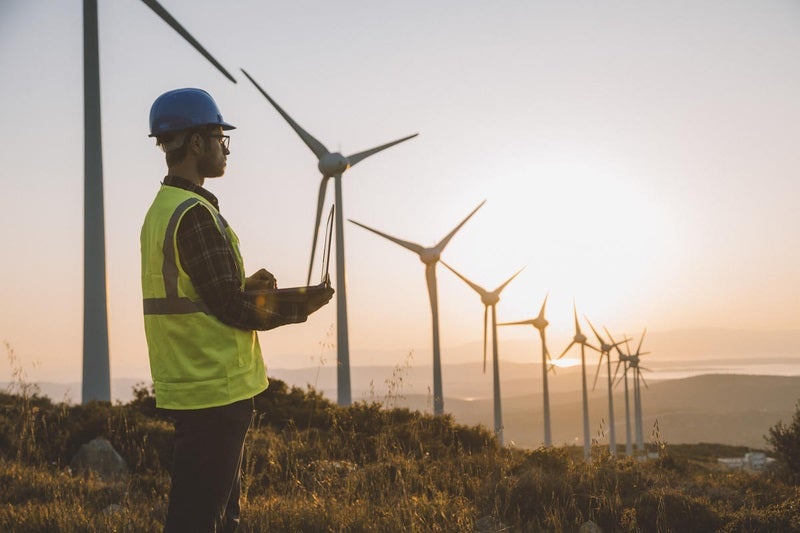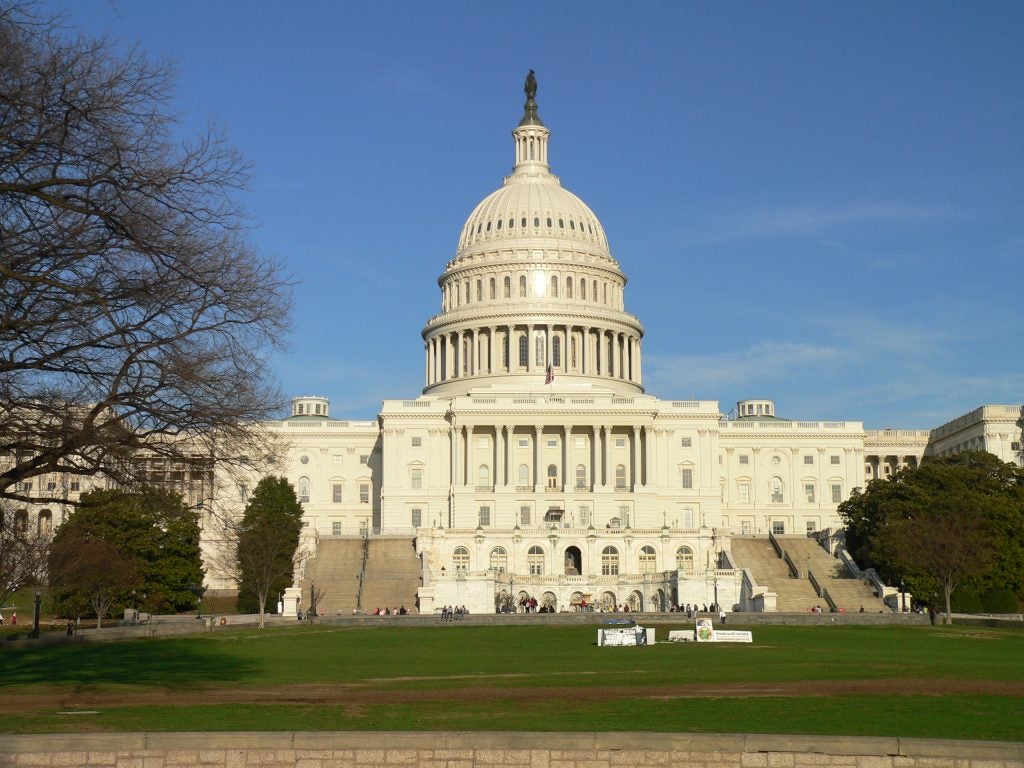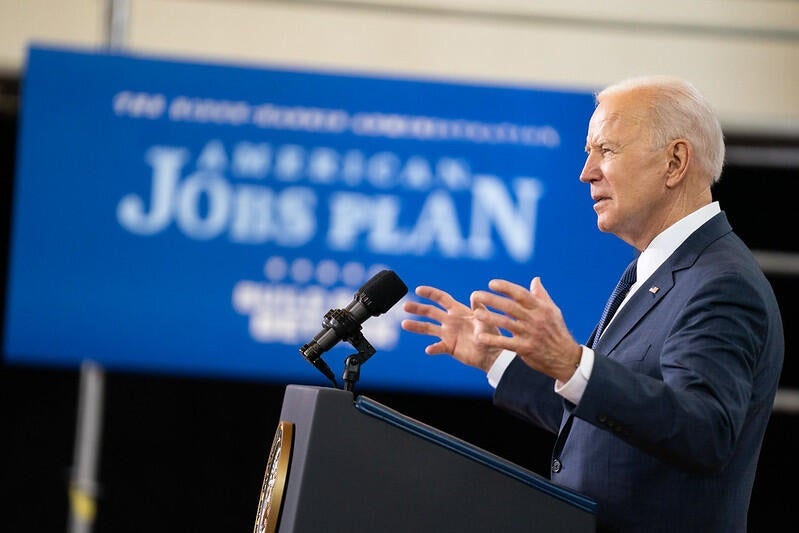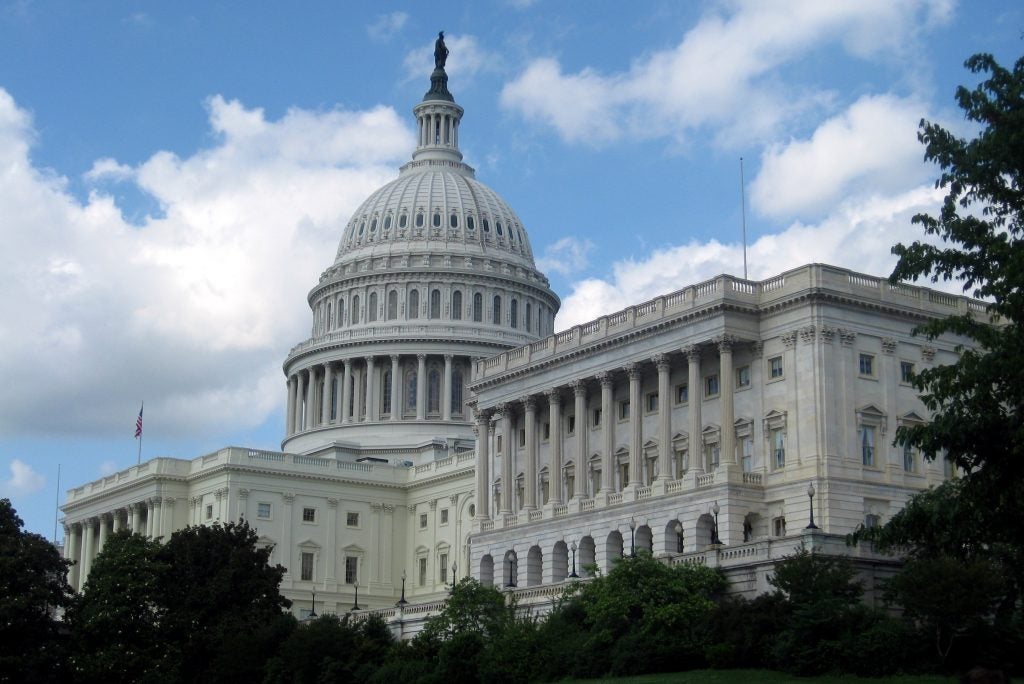After winning on the strongest climate platform of any major party presidential nominee in history, the Biden-Harris administration has a mandate to confront the existential crisis of climate change. This blog series explores what it will take to restore and strengthen climate leadership both across the country and on the global stage.

Of the many items on the to-do list for the Biden administration, one of the first priorities must be to work with Congress to accelerate recovery from the COVID-19 pandemic. While the year-end stimulus bill recently passed by Congress gave some support to struggling families and businesses, significantly greater economic relief and stimulus investments are needed to ensure an equitable economic recovery.
There is enormous opportunity to “Power Up, America” by rebuilding an economy that is stronger and more equitable than before—one that helps protect current and future generations by investing in solutions that simultaneously address the urgent climate crisis, create good-paying jobs and build healthier communities. While stimulus spending alone will not be enough to meet necessary climate goals – achieving a 100% clean economy in the United States no later than 2050, and cutting emissions 50% below 2005 levels by 2030 to get on that path — well-targeted investments can reduce climate pollution in the near term and help buy down the costs of longer-term reductions.
Congress should take this opportunity to invest in clean energy across the economy, with an emphasis on cleaning up the power sector and electrifying transportation. Investment in these two sectors can create millions of jobs, save thousands of lives through cleaner air and make American businesses more competitive.
The year-end stimulus bill contained several important climate and clean energy provisions, such as a phaseout of the powerful super-pollutants known as HFCs and a temporary extension of key renewable energy incentives, but much more will be needed to meet our long-term climate goals. New policies will also be needed to fill the gaps in the package, including policies to advance equity and accelerate deployment of electric vehicles, both of which were included in earlier versions of the bill but were notably absent from the final deal.
As policymakers consider what to include in an early 2021 economic stimulus package, there are a number of important factors they should take into account: Which clean energy policies can curb the most pollution? Create the most jobs? Improve health and equity? And provide the most bang for the buck? Congress should prioritize policies that will generate the most benefits for economic recovery, health, equity and climate action.
Read More »













